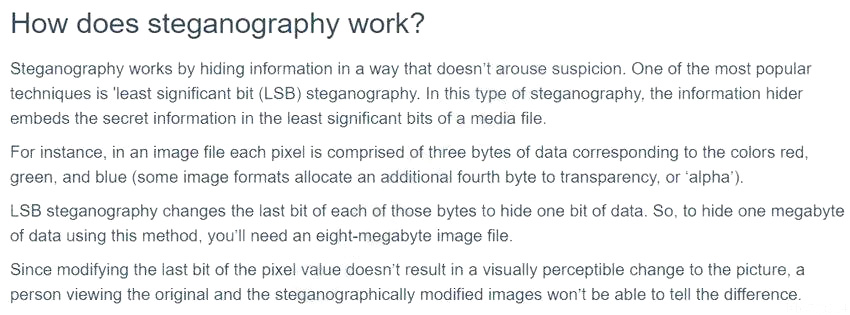Which of the following are risks associated with vendor lock-in? (Choose two.)
A. The client can seamlessly move data.
B. The vendor can change product offerings.
C. The client receives a sufficient level of service.
D. The client experiences decreased quality of service.
E. The client can leverage a multicloud approach.
F. The client experiences increased interoperability.
A. The client can seamlessly move data.
B. The vendor can change product offerings.
C. The client receives a sufficient level of service.
D. The client experiences decreased quality of service.
E. The client can leverage a multicloud approach.
F. The client experiences increased interoperability.

